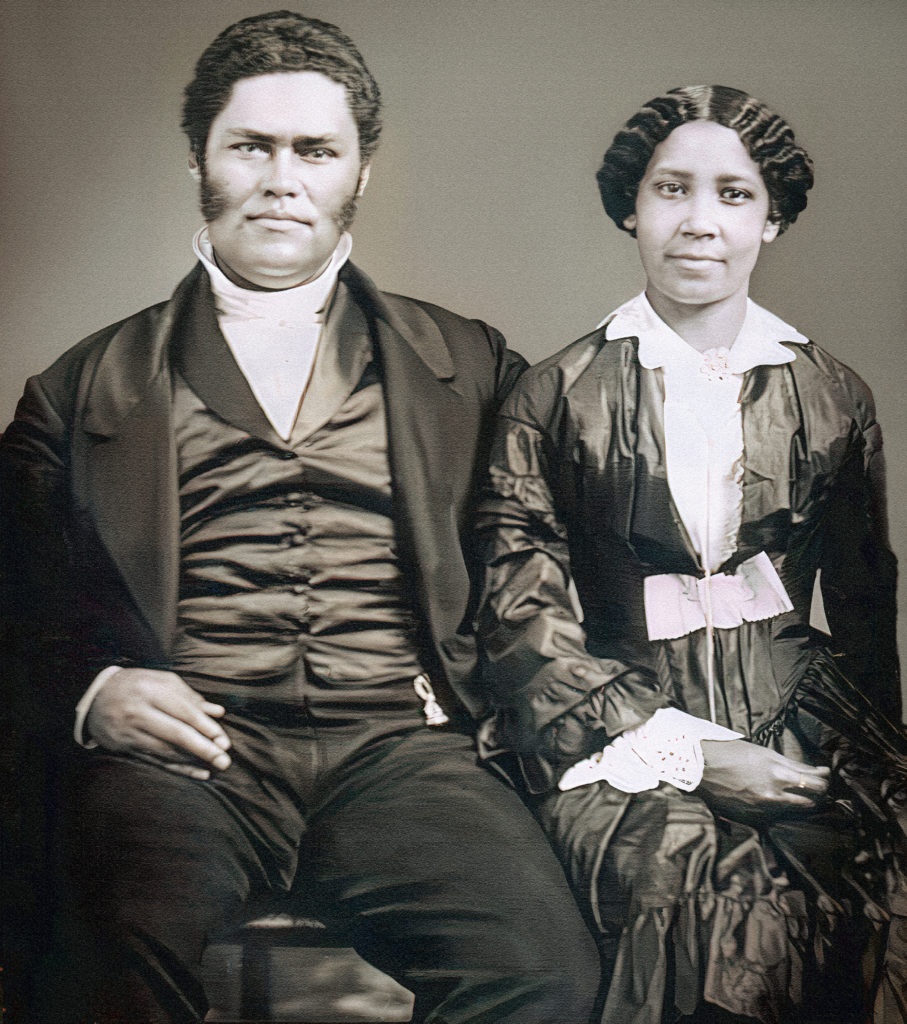Mary Jane Richardson was a well-known African-American activist, philanthropist, and community figure in Chicago during the 19th century who was active in abolitionism, women’s rights, and social reform.
Introduction
My kids like spending time at the park named for Mary Jane Richardson Jones, a significant woman in Black history. Surprisingly, even during Black History Month, very few people, including their school, recognize her importance.
Here are 13 facts about Mary Jane Richardson Jones:
1. Mary Jane Richardson Jones was well-known among Black Chicagoans and lived to be 89 years old. Her struggle for abolitionism and women’s rights throughout her life brought her the respect and money she earned.
2. Mary was one of the Richardson family’s nine children when she was born in Tennessee in 1820. Her brother Alfred Richardson was a delegate to the 1853 Chicago convention and was instrumental in establishing Black Baptist churches in Illinois.
3. While Mary’s family was residing in Memphis, she met John Jones there. John followed them to Alton, Illinois, in 1837, and they got married there in 1841. Two years after the birth of their first child, Lavinia, they made the decision to relocate to Chicago.
4. Mary and John actively promoted abolitionist causes in Chicago by hosting slave fugitives in their house. Even famous people like Frederick Douglass and John Brown, a radical white man who wanted to start a bloody uprising against slavery, were welcomed by them.
5. When John Brown went through Chicago, Mary and her husband welcomed him into their house despite having some doubts about his strategy for abolition. The granddaughter of Mary recalled her keeping watch at the front door as runaway slaves found shelter in her basement.
6. Mary Jones became the president of the Colored Ladies’ Freedmen’s Aid Society of Chicago during the American Civil War. She worked together with Sattie Douglas and others in this capacity to raise money and gather donations for the families of Black troops. Additionally, they supplied freedpeople in the southern United States with necessities. An editor, abolitionist, and supporter of women’s rights named Mary Ann Shadd Cary was employed by the group in 1864 as a traveling fundraiser.
7. In Chicago’s Quinn Chapel A.M.E. Church in the summer of 1865, Susan B. Anthony gave a talk following the Civil War. Anthony was introduced by Mary Jones, who emphasized her understanding of Black men’s humanity and her dedication to universal suffrage, stating that all women should have the right to vote regardless of race.
8. John Jones passed away in 1879, but Mary Jones remained an important figure in Chicago’s African-American community. She became one of the richest Black people in the city as a result of real estate investments made during her husband’s lifetime. At her house on 43 Ray Street, Mary was well known for hosting gatherings. She took the helm of the Prudence Crandall Literary Club in the late 1880s when its members participated in literary debates, lectures, and musical performances. She was known for having a strict and austere leadership style.

9. Younger generations of politically active Black women, such as Fannie Barrier Williams and Ida B. Wells, were influenced by Mary Jones. Despite having a big age gap, these ladies worked together to run the Prudence Crandall Literary Club’s female division. The group’s efforts were concentrated on solving issues affecting women and girls and formulating plans for social change. Mary Jones stated in 1888 that she was dedicated to advancing justice for women and virtue among men, highlighting the necessity of gender equality and social responsibility.
10. The World’s Columbian Exposition in 1893 gave Black Chicago a new lease of life. Ida B. Wells, who was 42 years younger than Mary Jones, made the trip there from New York. Wells, who was well known for her fight against lynching and other forms of racist violence, had left Memphis because of threats to her life. Wells organized Black women for political action when she was in Chicago for the exposition.
11. Mary Jones was identified by Ida B. Wells as a person whose presence would elevate the nascent Black women’s club movement. In spite of her lack of prior experience, Mary accepted to serve as the “honorary chairman” of a Black women’s organization that had just been established in Chicago. Wells assumed the main responsibility for running the club. beginning in the autumn of Beginning in the fall of 1893, the club drew a wide range of members, including well-known women from many backgrounds, including members of secret societies and churches, teachers at schools, housewives, and high school girls.
12. Mary Jones continued to deliver infrequent public lectures despite her involvement in club activities, frequently recalling the early years in Chicago when she and her husband hosted runaway slaves and had interactions with the fabled figure John Brown. The Hull House Social Service Center, the Phyllis Wheatley Home for unfortunate girls, Provident Hospital, and The Home for Aged and Infirm were just a few of the charities Mary continued to support, according to her granddaughter.
13. Mary Jones was there for a long enough period of time to see the beginnings of subsequent Black protest movements. A notable example is that the National Association of Colored Women was established in 1896, and the National Association for the Advancement of Colored People (NAACP) was established in 1909. The Chicago Defender, which lamented Mary’s passing at the end of that year, lauded her “charming personality” and stated that she was “loved and admired by everyone.” Her philanthropic and activist legacy, as well as her contributions to the Black community, had a long-lasting effect.
Conclusion
In conclusion, the amazing life of Mary Jane Richardson Jones serves as a motivational example of commitment to justice and equality. She made an irreplaceable contribution to history through her early abolitionist activities as well as her support of Black women’s political participation.
Her legacy of charity, which includes funding numerous organizations that benefit the underprivileged, is a testament to her persistent dedication to social advancement. She also saw the rise of important Black protest groups like the NAACP and the National Association of Colored Women.
Mary Jones passed away, but her “charming personality” and devotion to her community continue to motivate us. She serves as a reminder that each person’s actions can have a significant impact on society and that remembering history’s unsung heroes can inspire us to pursue a more just and equitable world.


